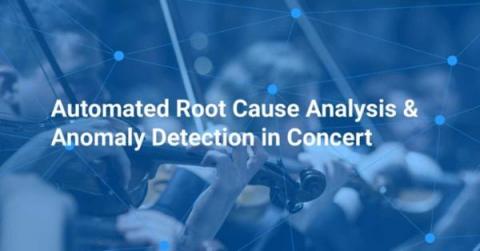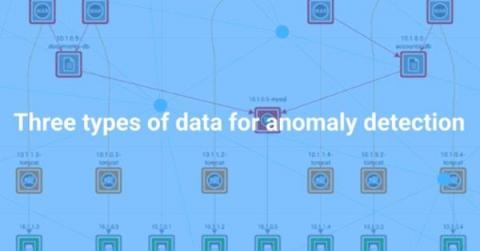The Future of Anomaly Detection
You may be using your log data in a completely wrong way. Today, your business produces more data than ever before, and log data is at the center of all this because it contains the signals of what caused a problem. If your teams have to search for these signals in an ad-hoc manner, then they are wasting their precious time. Nearly every company in existence is dealing with this challenge because it may not have the tools to filter these signals from the noise.









